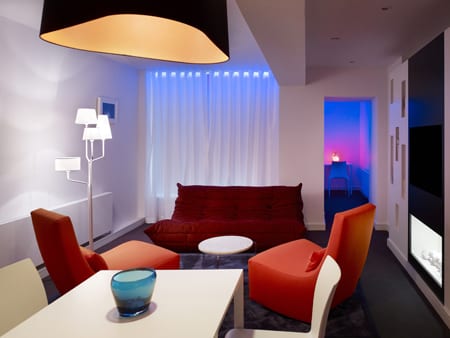 Chris Sheffield
Chris Sheffield
Founder, SLDesign
Philadelphia
Chris Sheffield says he didn’t always know he wanted to be a designer, but he definitely found his calling. From American Fish in Las Vegas to Corkbuzz wine bar in New York and Arrow Swim Club in Philadelphia, his diverse portfolio shows not only the depth of his talent, but his ability to create spaces that inspire and engage the guests. Here, the Daroff Design alum talks about understanding clients’ needs, learning to say no, and creative, economical solutions.
HD: What are some of your first memories of design?
CS: Playing with Legos.
HD: How did you end up where you are today-school, first jobs?
CS: My first job out of school was working for an in-house design department for a hotel management company. I was fortunate to work with an amazingly talented group of architects and designers who were patient mentors and exposed me to all aspects of a project from design to project management.
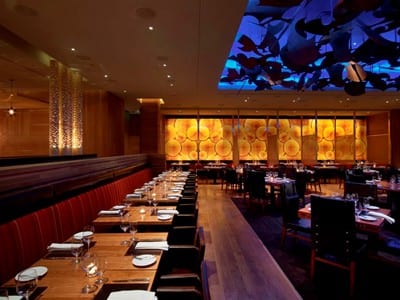
HD: Do you have a greatest lesson learned?
CS: Sometimes saying ‘no’ is the best answer. Not every project is a good fit, regardless of the fee or the potential exposure; it’s all about working with the right people and enjoying the experience.
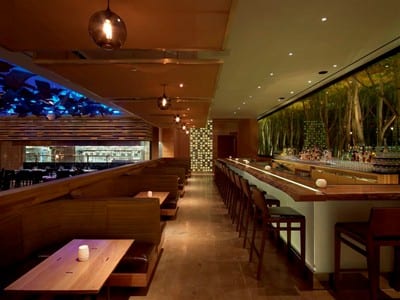
HD: Why hospitality? Why restaurants?
CS: I love the immediacy and the accessibility of it. I think that we have a connection with many of the chefs we work with; we are as passionate about what we do as they are about they do. And it never gets boring; we learn something new with each concept we develop, and each operator with whom we work.

HD: What are some of the challenges of the industry today?
CS: For us, the biggest challenge is with increasingly compressed project schedules. I think that the real value that we bring to a project is our creative, economical approach to problem solving. But without the time and opportunity for a real dialog about the project and the program, you can’t always get the root of the problem your client needs solved. We don’t like to design just the surfaces.
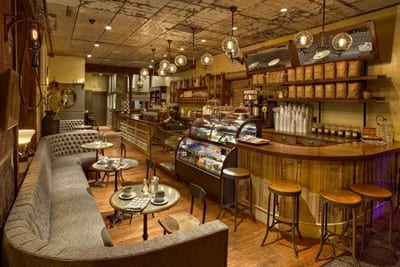
HD: What’s a recent project that was most challenging and why?
CS: I’d answer this one, but I might burn too many bridges.
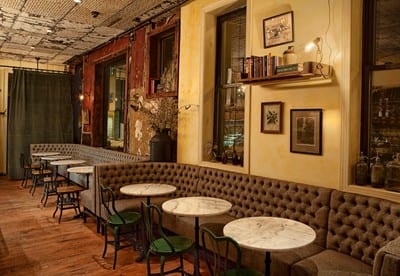
HD: What’s one project that you are most proud of and why?
CS: That’s like asking Octomom which child is her favorite. I’m proud of everything that we’ve done, but there are some project experiences that stand out. Postcard Inn in St. Pete Beach was a touchstone project for us; a 200-room hotel with a restaurant, pool bar, and public spaces that was concepted, designed, and fit-out over a 10-month period. We worked with an extraordinary operations team [BR Guest and Starwood Capital] and were more hands-on than I would ever have imagined. People have a very visceral, emotional response to that space I think in large part because the narrative has a real soul and authenticity. Everything we’ve done since has been influenced by that experience.
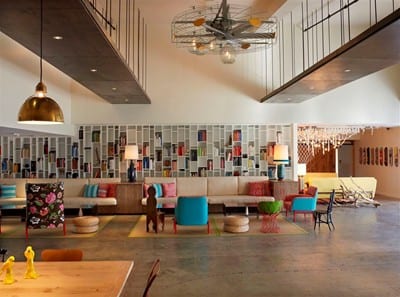
HD: Most creative solution for a cool design feature that you have recently come up with?
CS: I like the menu boards that we did at One Shot coffee; wall-mounted rolls of butcher paper that allow them to change out specials daily. It’s simple, practical, and economical. I’m not entirely sure that was our idea but I’m taking credit for it. I also like the backbar feature at Corkbuzz. We incorporated the stemware into a wall-mounted light feature that is both a focal point and a functional solution for stemware storage.
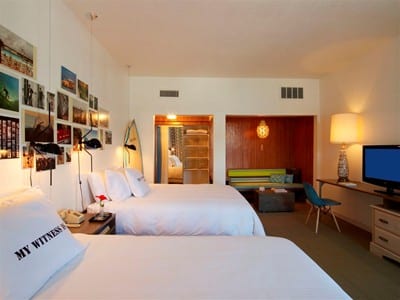
HD: What’s next for you?
CS: We designed Azure for Alain Allegretti, one of the fine dining restaurants at the Revel Hotel & Casino in Atlantic City that opens this spring. We’re also working on a restaurant in suburban Philadelphia for chef Michael Schulson that will open later this spring. We’ve just starting working on a new restaurant concept with Michael Mina for several locations including the MGM Grand in Las Vegas.
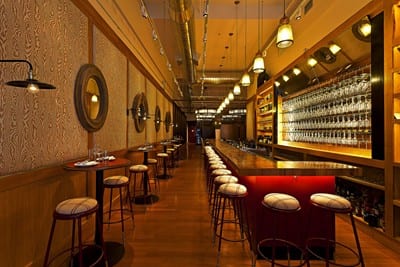
HD: What would be your dream project?
CS: Other than the small, boutique hotel we all want to design? I would like to be a production designer for a music video with a band I love.
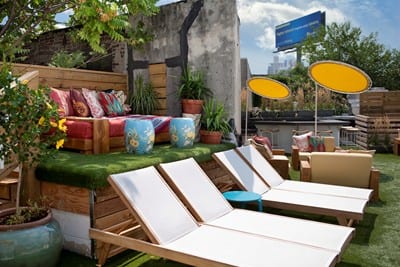
HD: What’s the key to a successful collaboration between designer and client?
CS: Communication and respect. Our most successful projects are the ones where understand our client’s goals, and we are given the freedom to develop an idea and a direction that speaks to the space and the program, without preconceptions.
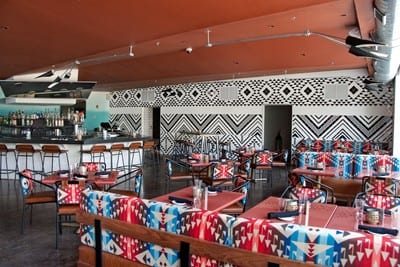
HD: What’s the most important thing to remember when designing a restaurant?
CS: Stay true to the concept, remember whom are you designing for and why, and let that understanding inform your design decisions.
HD: What restaurants do you love for their design (but you didn’t design) and why?
CS: Pastis in New York. It feels effortless, timeless. Dandelion in Philadelphia is amazing. It feels as though it evolved over generations; not so much designed as collected and curated over time.
HD: What’s your favorite hotel for design (that you didn’t design) and why?
CS: Hotel du Petit Moulin. It’s romantic, it’s gritty, it’s urban, it’s authentic, and it has an attitude. It’s the kind of experience I aspire to create. And the Ace Hotel New York-it has great energy and soul.
HD: Motto to live by…
CS: Live and let live.
HD: Greatest accomplishment so far?
CS: Having a four and half year old who always has a smile on his face.
HD: If you weren’t a designer, what would you be?
CS: A few years ago I told someone I would have liked to have been an actor. I’ve matured-now I want to direct.

